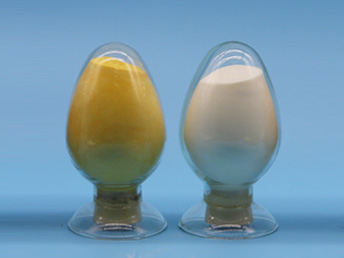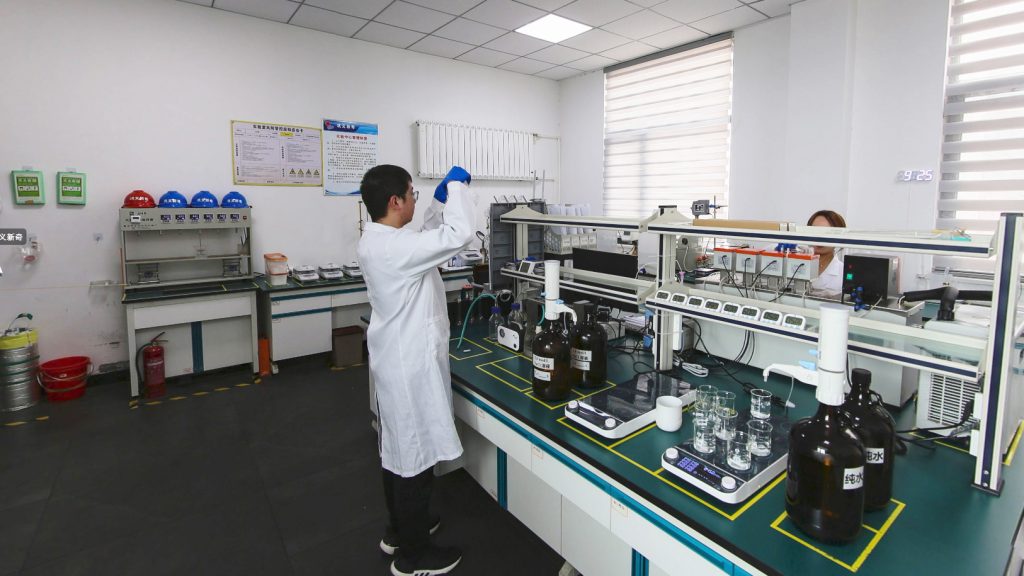The combined use of polyacrylamide and polyaluminum chloride has a better effect on sewage treatment. These two agents are used to treat almost all types of sewage, which can be described as a golden combination. Generally speaking, in the process of use, polyaluminum chloride is used as a coagulant, and polyacrylamide is used as a coagulant aid. Yes, if the two are mixed directly, it is very likely that a flocculation reaction will occur, that is, one is used as a matrix and the other is used as a flocculant, which will affect the treatment effect.
Polyaluminum chloride has many characteristics such as adapting to a wide range of waters and a wide range of pH values, and its price is much lower than that of polyacrylamide. In terms of usage, polyaluminum chloride is much higher than polyacrylamide, but increasing the amount of polyaluminum chloride can reduce the amount of polyacrylamide, and the mixed-use of these two products can achieve better treatment effect and lower cost of use, the specific dosing ratio needs to be tested according to the water quality and turbidity of the sewage, and the general dosing ratio is 10:1.
The fixed ratio of these two water treatment agents should be determined through a small test according to the nature and turbidity of the sewage. In conventional sewage, the ratio of PAC to PAM is 10:1, that is, add 10 parts of dissolved PAC aqueous solution, Add 1 part of the dissolved PAM solution. If there are suspended solids or small particles in the sewage, the dosage of PAC can be reduced and the dosage of PAM can be increased.
The reason why we use the two together is to improve the flocculation effect, reduce the dosage, and reduce the processing cost. If it is mixed directly, it will increase the cost of use. For the dosing sequence of polyacrylamide and polyaluminum chloride, as for their dosing interval, experience shows that it should be at least 5 seconds or more, and it is recommended to be around 30 seconds. This time interval not only ensures the highest water purification effect but also saves chemicals and reduces the cost of water treatment.


